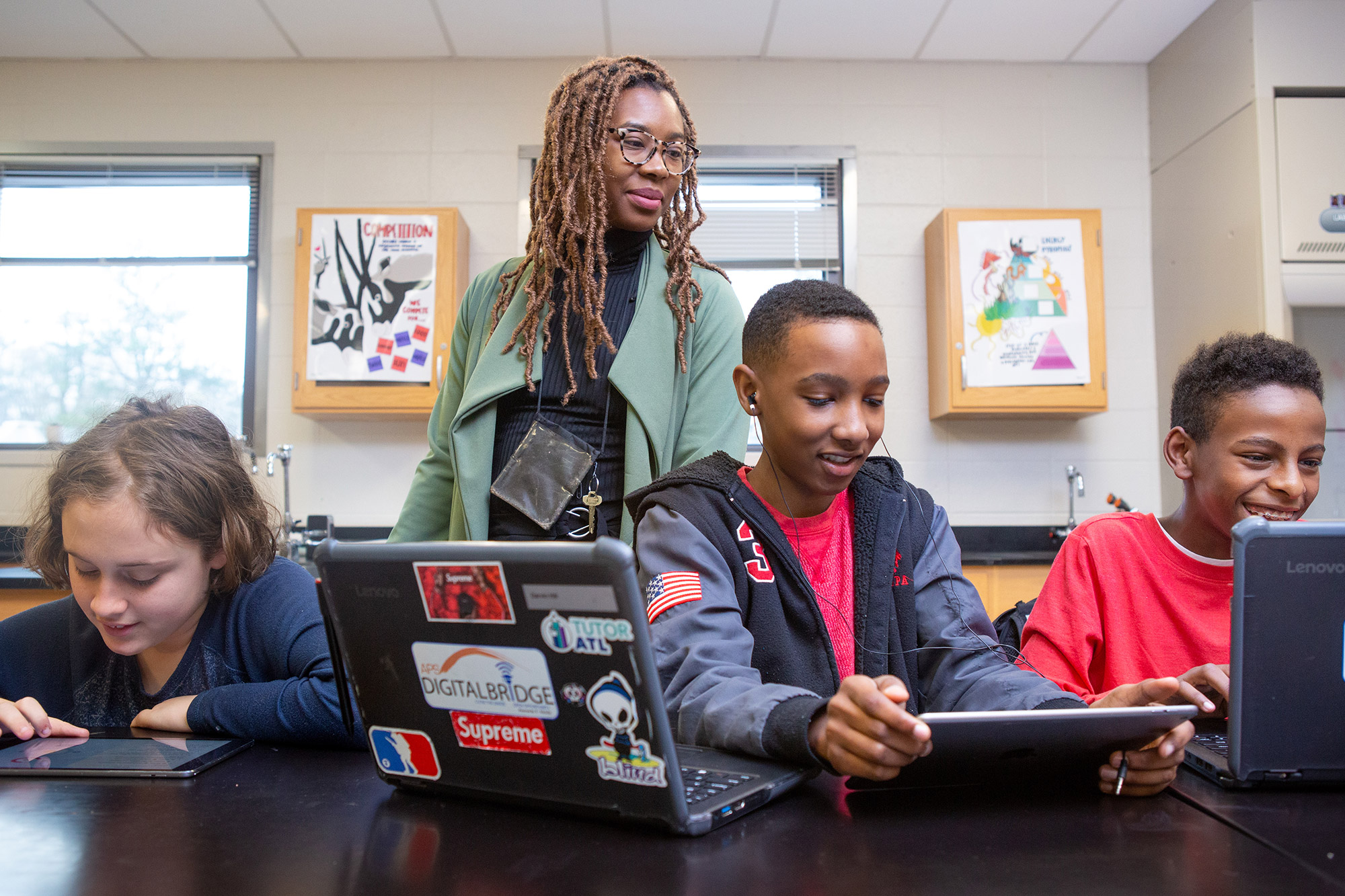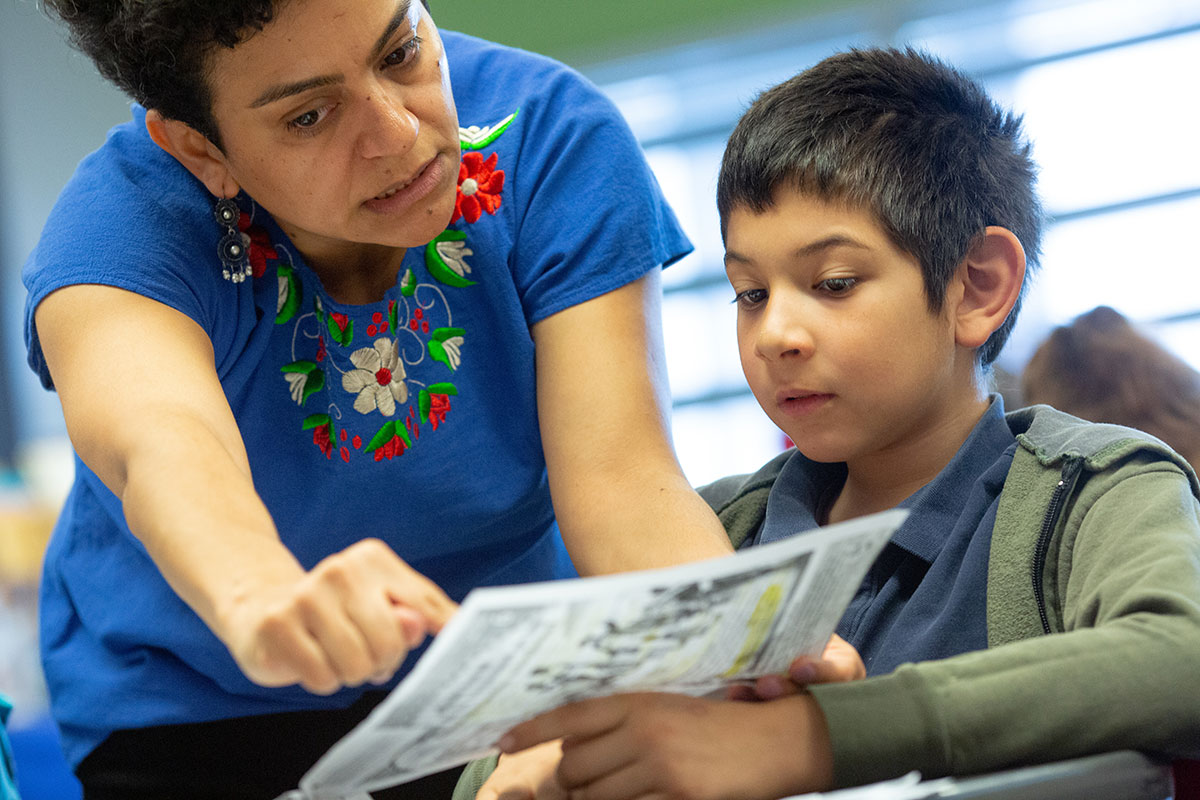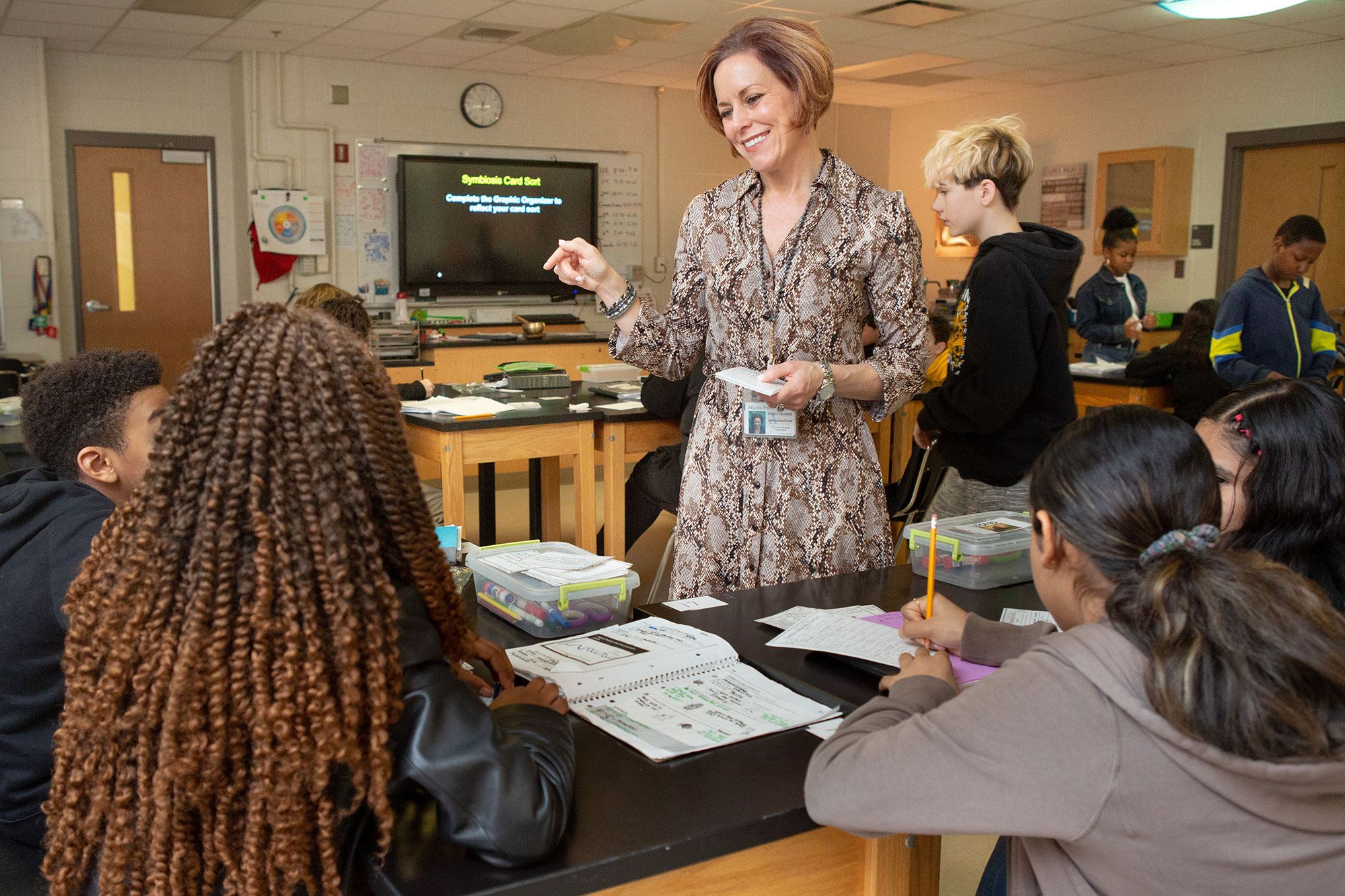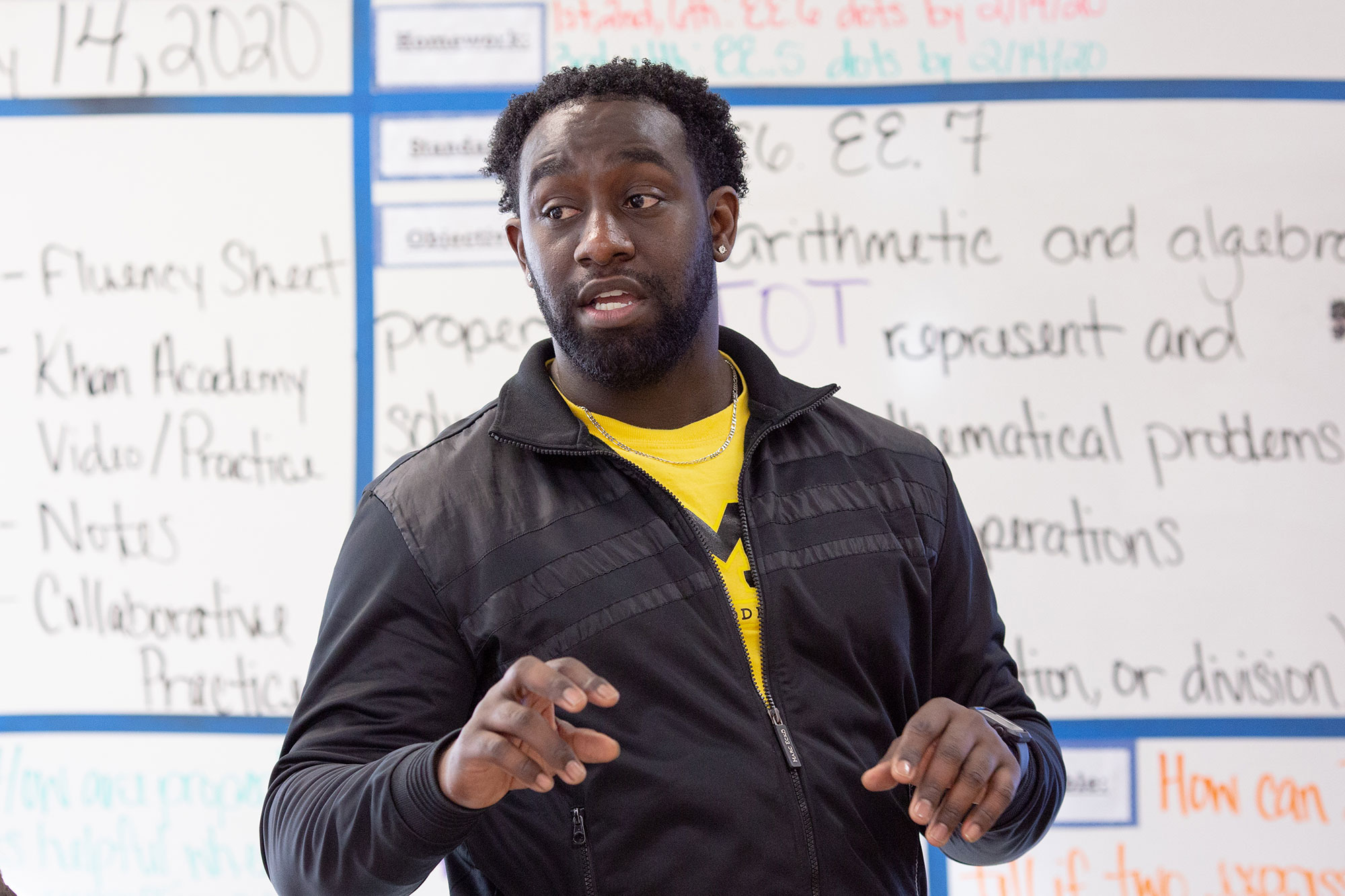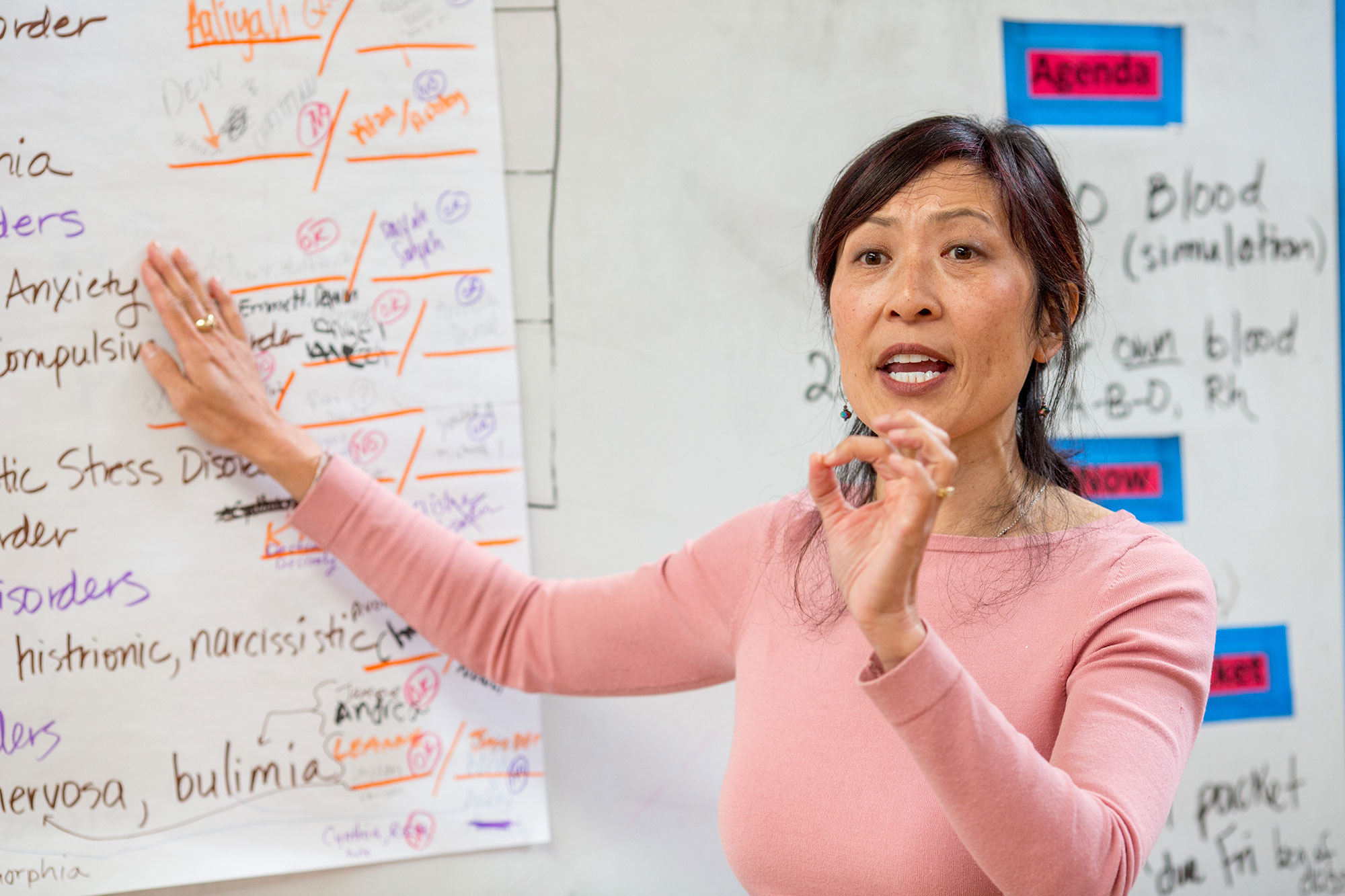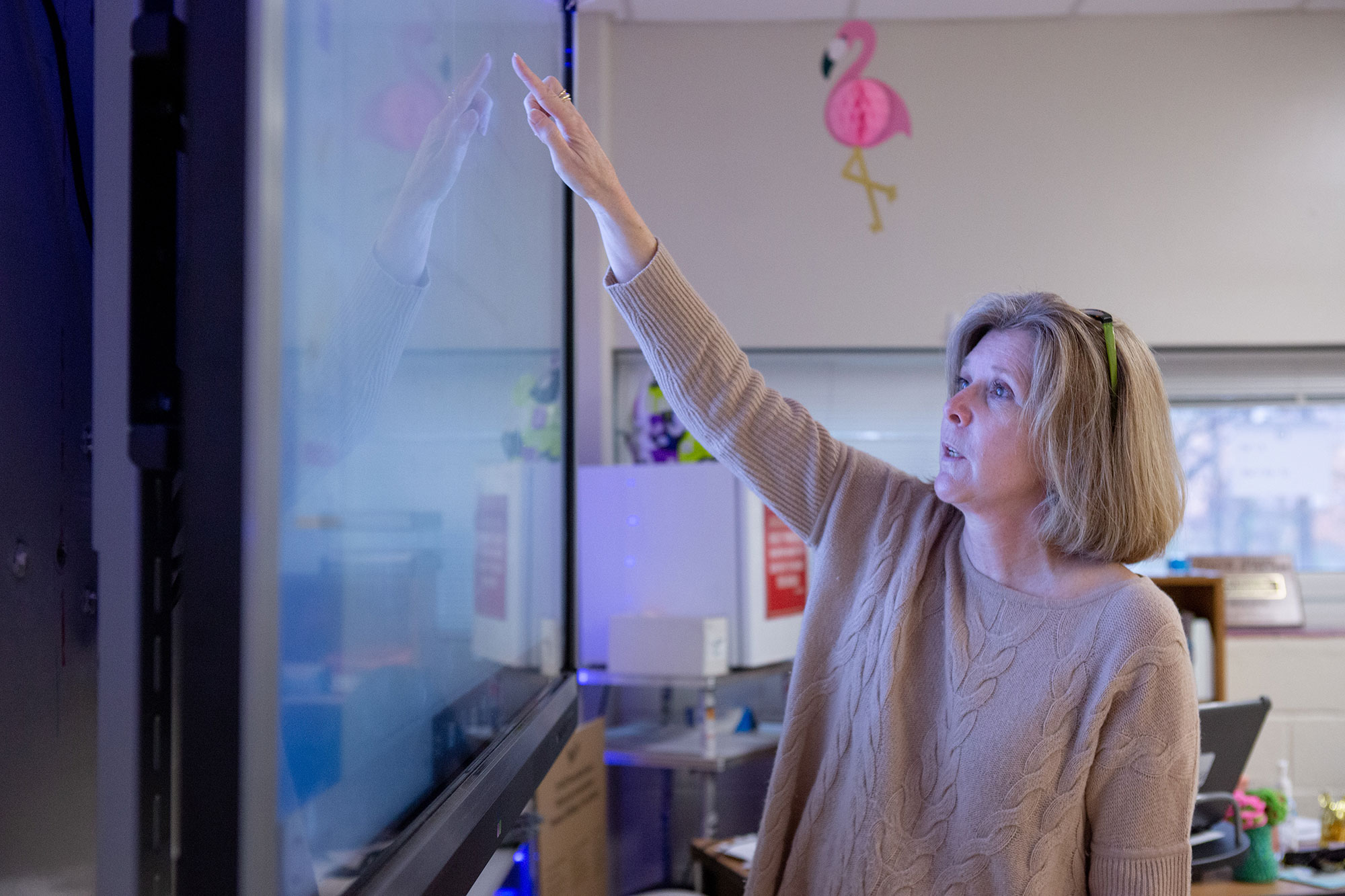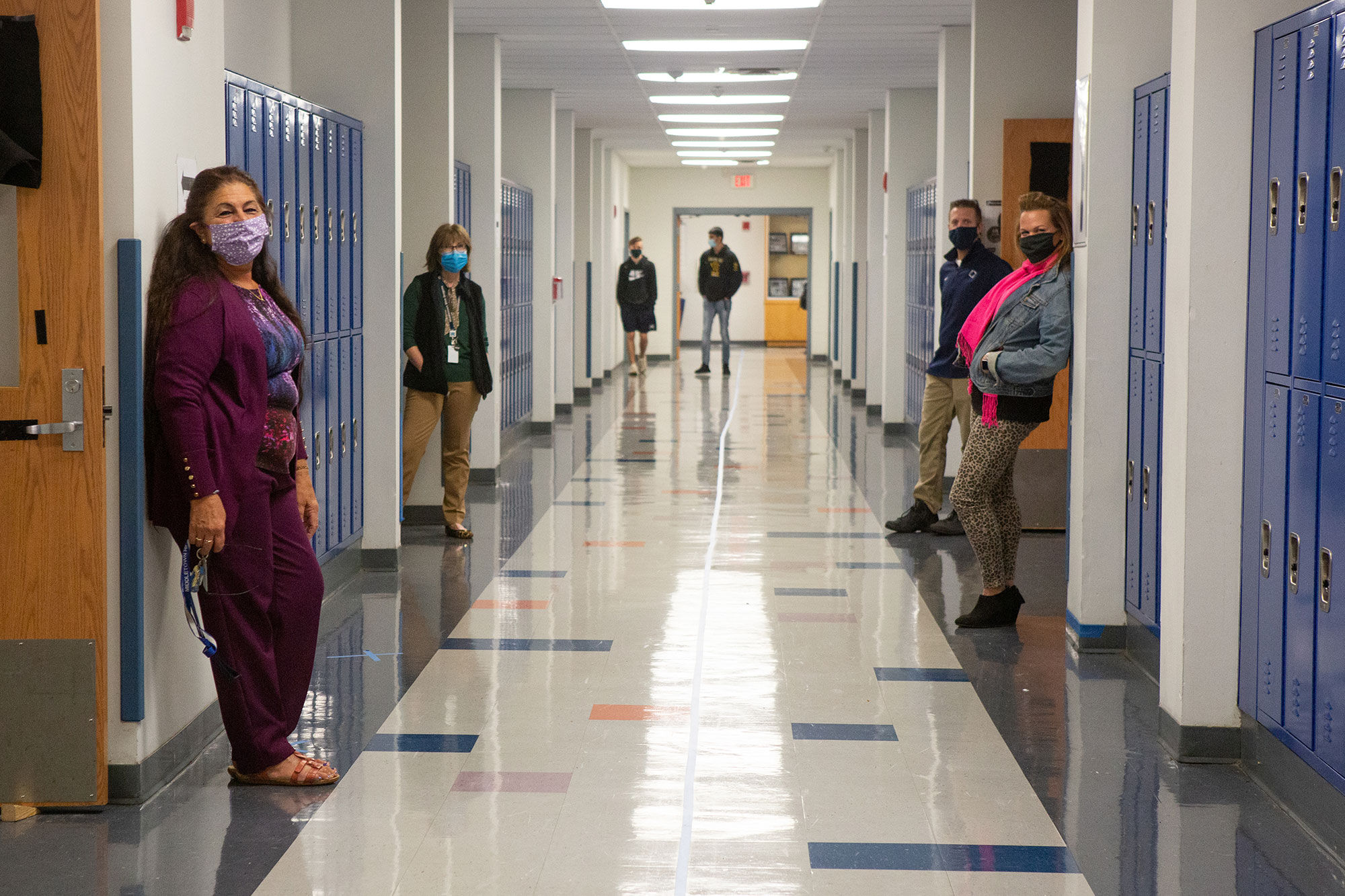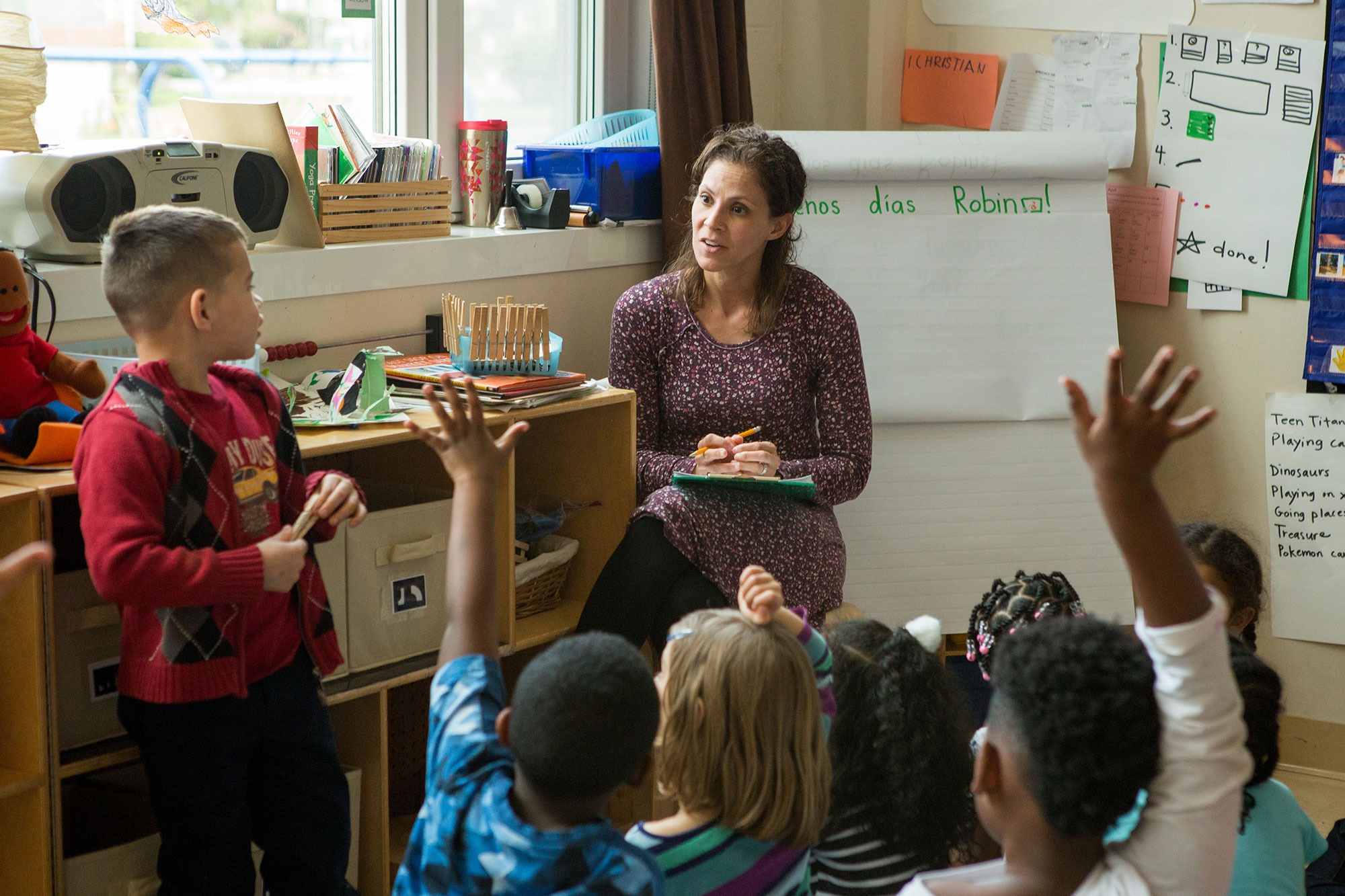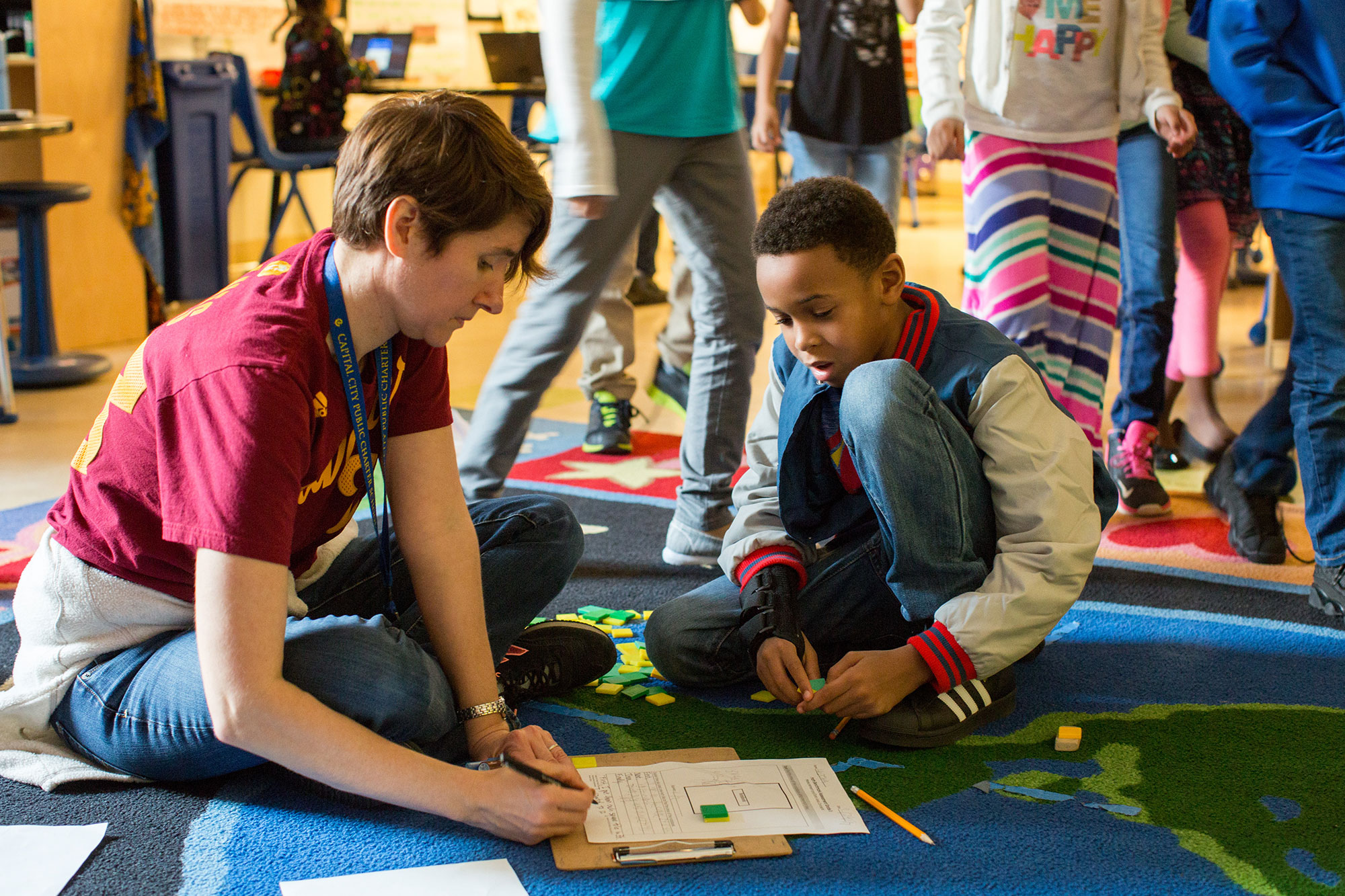These findings are based on an analysis of a random sample of 1,296 news articles about K-12 education in the United States from five national newspapers—Los Angeles Times, New York Times, USA TODAY, Wall Street Journal, and Washington Post—and 1,020 articles from five local newspapers—Florida Times-Union (Jacksonville), The Gazette (Colorado Springs), New Haven Register, Salt Lake Tribune, and St. Louis Post-Dispatch.
This project also includes findings from a nationally representative survey of 3,130 adult Americans 18 years and older conducted by Public Agenda. The survey was fielded November 18 to December 1, 2020, in English and Spanish, by telephone and online. NORC at the University of Chicago fielded the survey. The sample includes 2,684 respondents who were randomly sampled from NORC’s probability-based AmeriSpeak panel, of whom 256 were K–12 public school teachers, including charter school teachers. Another 446 K–12 public school teachers, including charter school teachers, were sampled from Lucid, a non-probability opt-in panel. The general public sample was demographically weighted to the 2020 Current Population Survey and the teacher sample was weighted to the 2017–18 National Teacher and Principal Survey. The margin of error for the total sample is +/–2.8 percentage points at the 95 percent confidence interval. For the teachers sample, the margin of error is +/–5.8 percentage points at the 95 percent confidence interval. For parents, the margin of error is +/–5.1 with a design effect of 1.65. Please reference Public Agenda when citing these findings.
For more details about how this research was conducted, download a complete methodology, the survey topline, or email research@publicagenda.org.
Two brief reports, “Essential Educators: Teacher and Parent Views on COVID-19,” and “Americans’ Views of How the News Media Covers Teachers,” provide more in-depth findings from the survey.
Support for this research was provided by the William and Flora Hewlett Foundation and Charles and Lynn Schusterman Family Philanthropies. The views expressed here do not necessarily reflect the views of the foundations.
